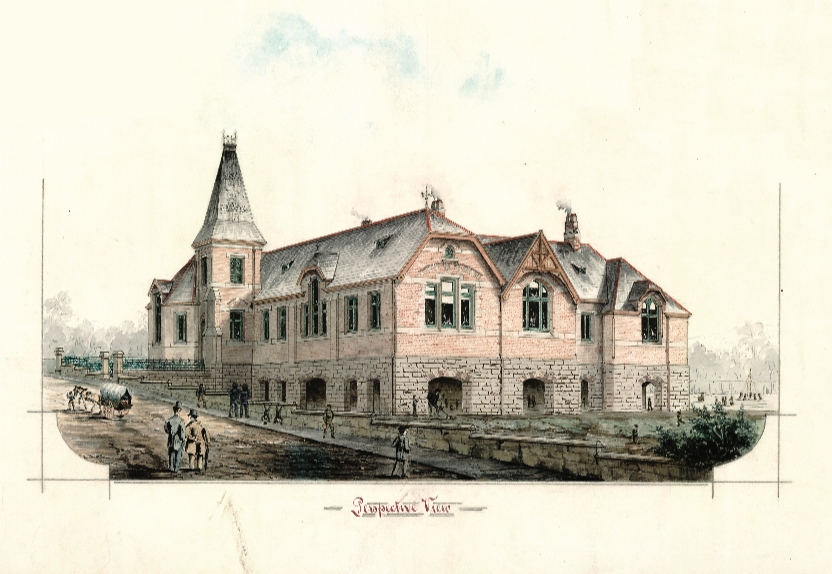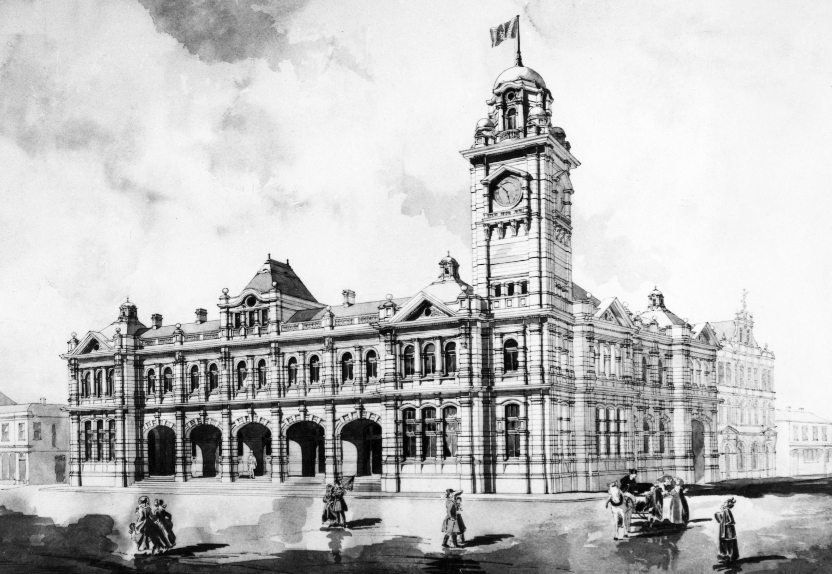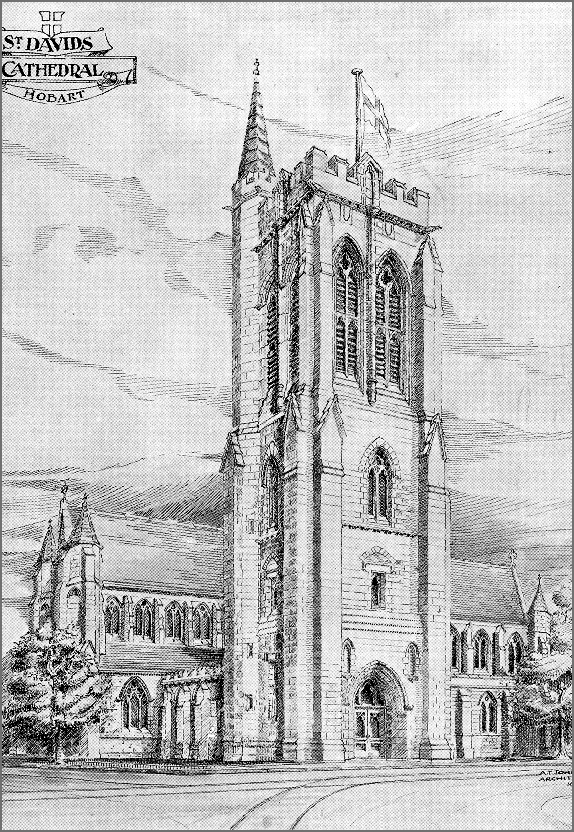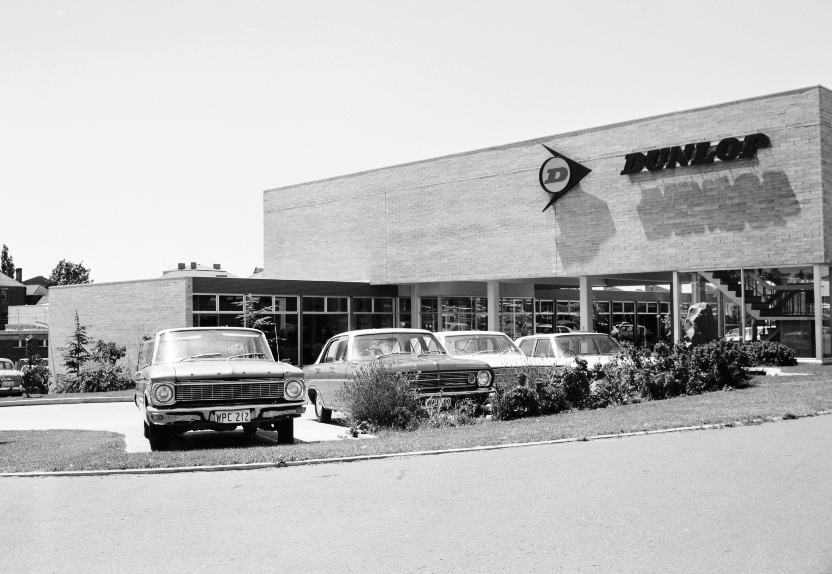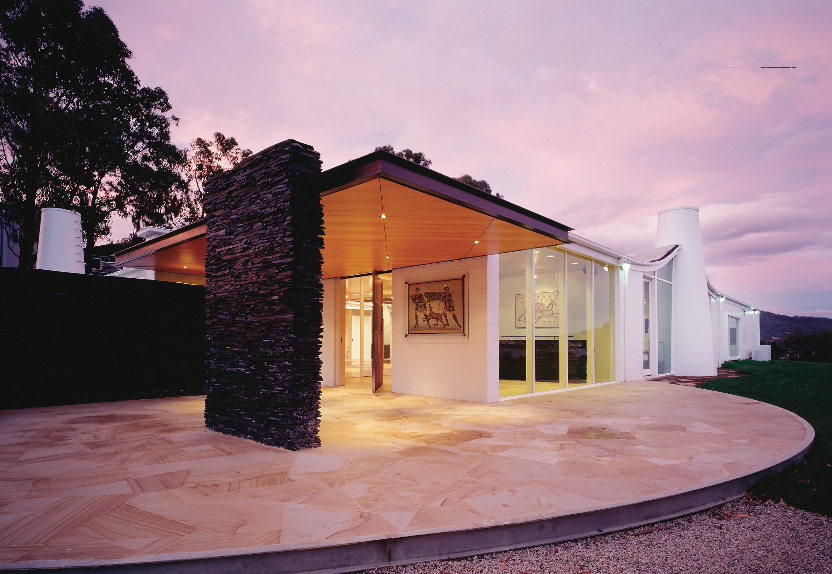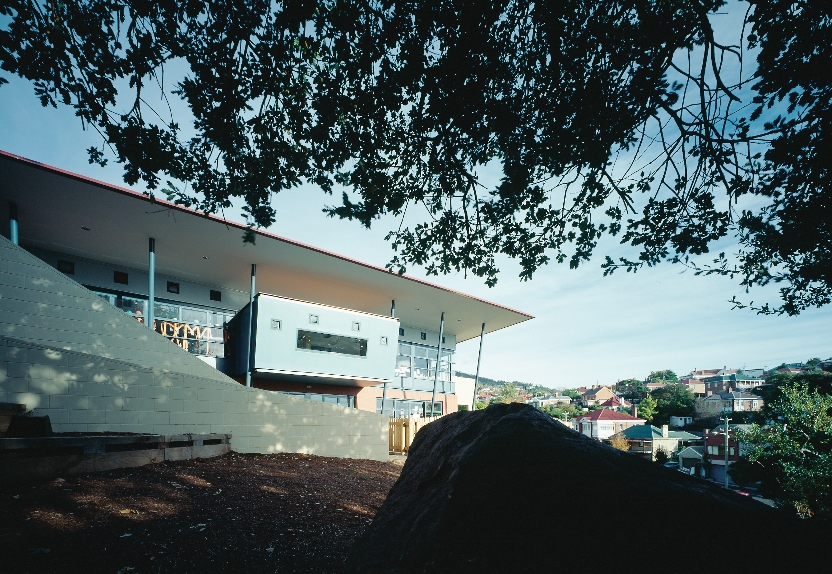St Mary’s Church, Franklin (1856): An early example of ecclesiastical architecture, this church remains a testament to the firm’s commitment to creating significant community landmarks.
St John’s Church, Glenorchy (1859): Another important religious structure, showcasing the firm’s ability to blend traditional design with local materials.
Tasmanian Museum & Art Gallery (TMAG), Hobart (1861): This landmark institution highlights the firm’s role in promoting culture and education through architecture, becoming a key site for the arts and history in Tasmania.
St John’s Church, Ross (1868): Reflecting the firm’s expertise in designing places of worship that resonate with local heritage.
Colonial Mutual Assurance Society Ltd Branch Office, Hobart (1882): This commercial building illustrates the firm’s versatility, accommodating the growing economic landscape of the time.
Town Hall, Bothwell (1901): A civic structure that underscores the firm’s involvement in community governance and public life.
Formby Hotel, Devonport (1931): An example of hospitality architecture that contributed to the region’s social and economic fabric.
Expansion and Diversification (1930s Onwards)
Following the 1930s, the firm continued to evolve, taking on a variety of projects that reflect changing societal needs and architectural trends:
Hairdresser for Arthur Pipkin, Battery Point (1932): This project signifies the firm’s adaptability to commercial and service-oriented spaces, catering to the local community’s needs.
Alterations at St Peter’s Hall, Hobart (1937): An example of the firm’s ongoing commitment to maintaining and enhancing historical structures.
R.S.A.I.L.A. Huonville Memorial (1945): This memorial reflects a deep respect for local history and community memory.
St David’s Cathedral Hall & Offices, Hobart (1953): A significant addition to an important religious site, demonstrating the firm’s ability to integrate modern needs with historical contexts.
AMP New Hobart Headquarters (1960): A modernist approach to commercial architecture, reflecting the mid-20th century’s design ethos.
Restoration of Ingle Hall, Hobart (1967): A project that showcases the firm’s expertise in heritage conservation, ensuring the preservation of local history.
City Hall Renovations, Hobart (1975): An important civic project that underscores the firm’s ongoing involvement in public architecture.
Law Society Refurbishment, Hobart (1986): This project reflects the firm’s commitment to the legal community and the importance of functional yet aesthetic spaces.
Moorilla Museum & Chalets (1996): This innovative project merges architecture with cultural experiences, contributing to Tasmania’s tourism sector.
New Town High School MDT & Catering (1998): A modern educational facility that highlights the firm’s role in shaping learning environments.
Link Building at UTAS, Sandy Bay (2001): This project illustrates a commitment to higher education and collaborative spaces.
Swansea Bark Mill (2005): A historical preservation project that honors Tasmania’s industrial heritage.
Ambulance Tas, Campbell Town (2020): A contemporary facility that supports emergency services, showcasing the firm’s adaptability to current societal needs.
Goodwood Primary School (2019): A recent educational project that reflects the firm’s ongoing dedication to community and education through thoughtful architectural design.
Through these projects, the firm has not only contributed to the aesthetic and functional aspects of Tasmania’s architecture but also engaged deeply with the community, heritage, and environment, ensuring its legacy as a cornerstone of the region’s architectural identity.


